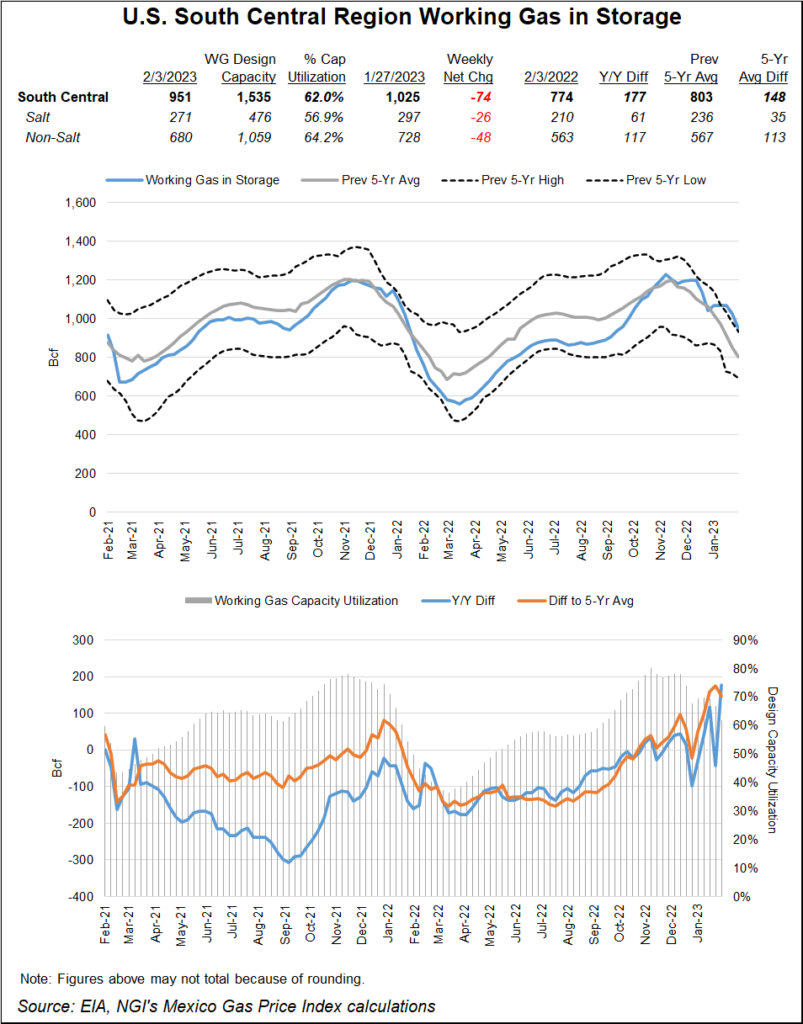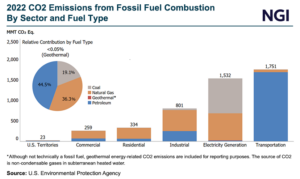Infrastructure | NGI All News Access | NGI The Weekly Gas Market Report | Shale Daily
Salt Caverns, Abandoned Oilfields Said Key to Solving Mexico’s Natural Gas Storage Woes
© 2024 Natural Gas Intelligence. All rights reserved.
ISSN © 2577-9877 | ISSN © 2577-9966 | ISSN © 1532-1266 | ISSN © 2158-8023 |



